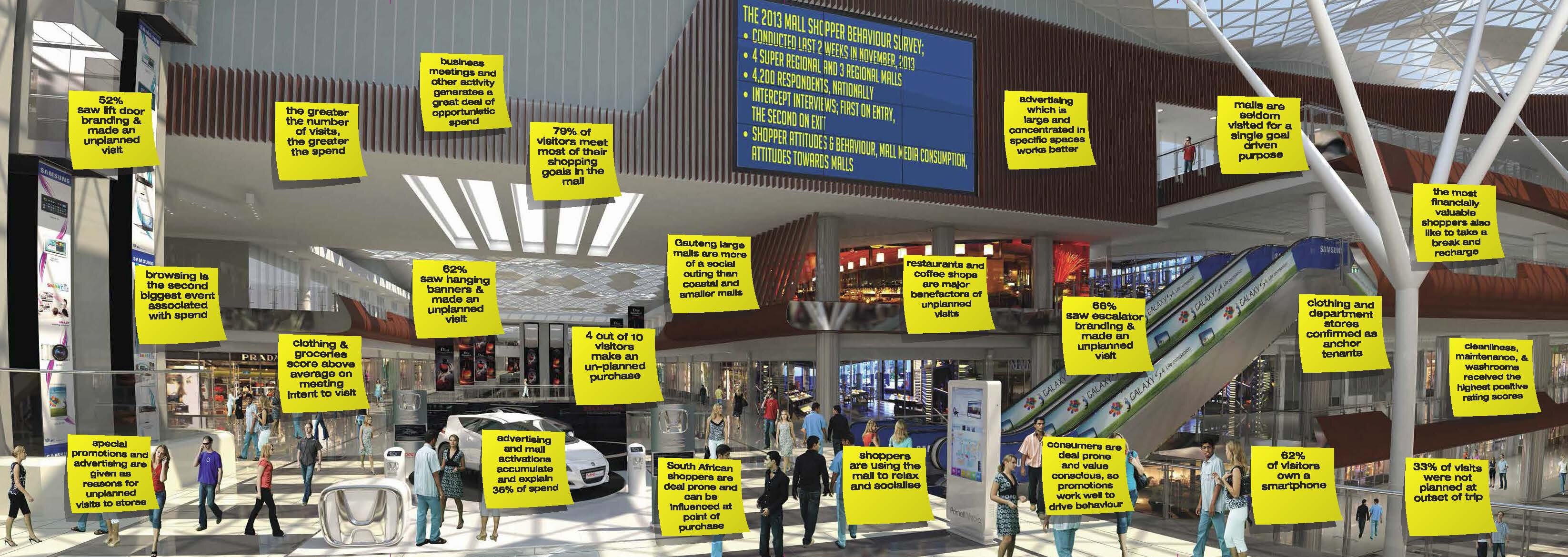As the marketplace becomes increasingly crowded with products and services, it is becoming tougher for companies to stand out amidst the noise and clutter. In the past, how you packaged your product or service was of paramount importance, along with the messaging around it. These elements are still critical, but in addition, you need to offer the customer or consumer a unique experience. Simply put, the customer experience is the end-to-end experience that a company provides to customers. It is the internal and subjective response customers have to any direct or indirect contact with a company. Direct contact generally occurs in the course of purchase, use, and service and is usually initiated by the customer. Indirect contact most often involves unplanned encounters with representations of a company’s products, services, or brand and takes the form of word-of-mouth recommendations, advertising, news reports, reviews, and so forth. Notably, the customer experience is a blend of a company’s physical performance and the emotions evoked, intuitively measured against customer expectations across all touch-points. This means that every time a company and a customer interact, the customer learns something about the company that will either strengthen or weaken the future relationship - and with that - the customer’s desire to return, spend more and recommend.
Cumulative Effect
The more experiences a customer accumulates, the more his/her perceptions will shift from fact-based judgments to a more general meaning of the whole relationship. In essence, a better customer experience buys you loyalty, and tolerance on the occasions when things do not turn out as planned. Subsequently, improving the customer experience has become a central strategic issue in many industries as companies realise it offers the chief means of distinguishing themselves in an overly commoditised industry.
A Company-Wide Philosophy
Customer experience is based not only on operational concerns, but emotional aspects as well. The challenge is therefore to orchestrate a company-wide focus of contributing to the best possible customer experience. It should be a company-wide philosophy, and to instill a common philosophy can be a daunting task. Too often the responsibility to deliver a better customer experience rests on the shoulders of a few departments in an organisation, customer service, marketing, or sales - but giving the responsibility away creates the risk that functions like operations, back office, HR or IT do not share the same customer ethos, which puts the total customer experience at risk. Customer experience management and the subsequent measurement should not be viewed as stand alone projects, but rather as a company-wide philosophy in which staff buy-in - including top management - is non-negotiable.
Ample Rewards
Companies that succeed in providing the right experience develop stronger emotional bonds with their customers, which in turn will prompt customers to advocate the brand to others. In addition, improved customer experience correlates positively to customer commitment, and customer commitment is proven to relate significantly to profitability, with 20% of customers being more likely to take up new product offerings and approximately a 9% increase in profitability over a 6 month period (Hofmeyer; 2000).
Here are some interesting international statistics that reflect the importance of customer experience:
1. 40% of organizations cite ‘complexity’ as the greatest barrier to improving multichannel customer experience, overtaking ‘organisational structure’ since 2010.
Source: Econsultancy MultiChannel Customer Experience Report
2. Only 37% of brands received good or excellent customer experience index scores this year. 64% of brands got a rating of “OK,” “poor,” or “very poor” from their customers.
Source:
3. RyanAir received less than 1 complaint per 1,000 passengers in January 2012. It answered 99% of complaints within 7 business days.
Source: RyanAir Customer Service Stats
4. Poor customer experiences result in an estimated $83 Billion loss by US enterprises each year because of defections and abandoned purchases.
Source:
5. Just 47% of US contact centers reward their agents based on customer satisfaction ratings.
Source: The US Contact Contact Center Decision Maker’s Guide 2012
6. 50% of smartphone users would prefer to use a mobile customer service application to try to resolve their customer service issue before calling into the contact center.
Source: SpeechCycle and Echo Research Study
7. Customers who engage with companies over social media spend 20% to 40% more money with those companies than other customers.
Source: Bain & Company Report – Putting Social Media to Work
8. 89% of consumers began doing business with a competitor following a poor customer experience.
Source: RightNow Customer Experience Impact Report 2011
9. 84% of US adults who have conducted an online transaction through a mobile device in the last year report experiencing a problem.
Source: Tealeaf Mobile Transaction Research Report 2011
10. Customer power has grown, as 73% of firms trust recommendations from friends and family, while only 19% trust direct mail (from Forrester report “Consumer “Ad-itudes” Stay Strong”).

























